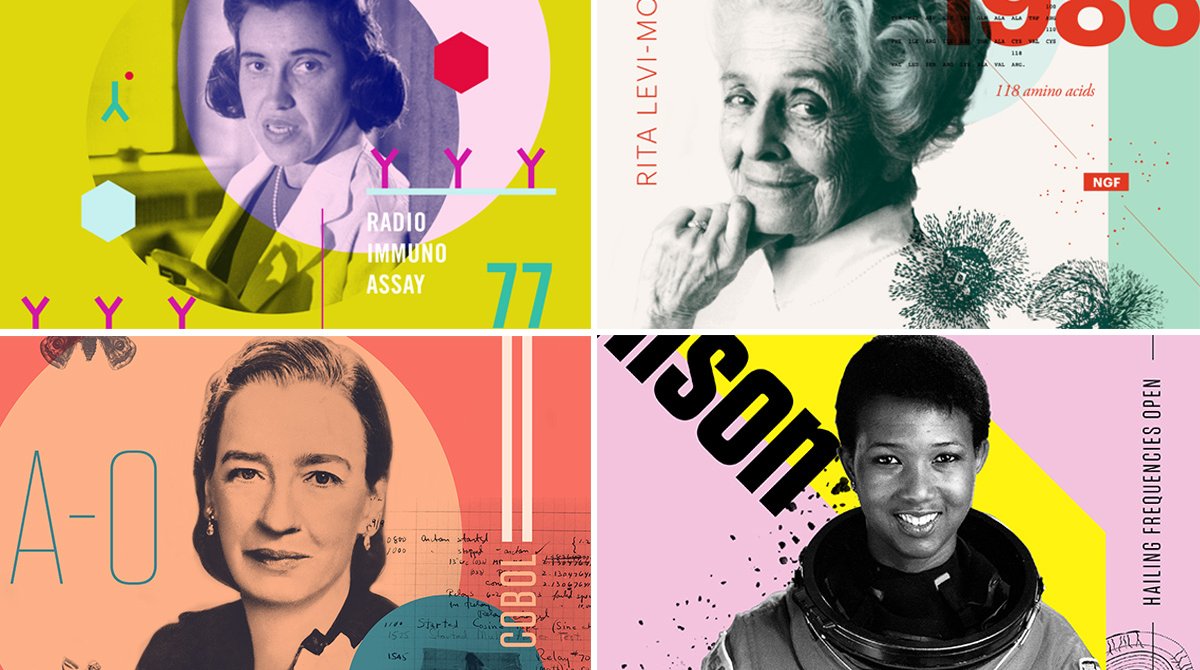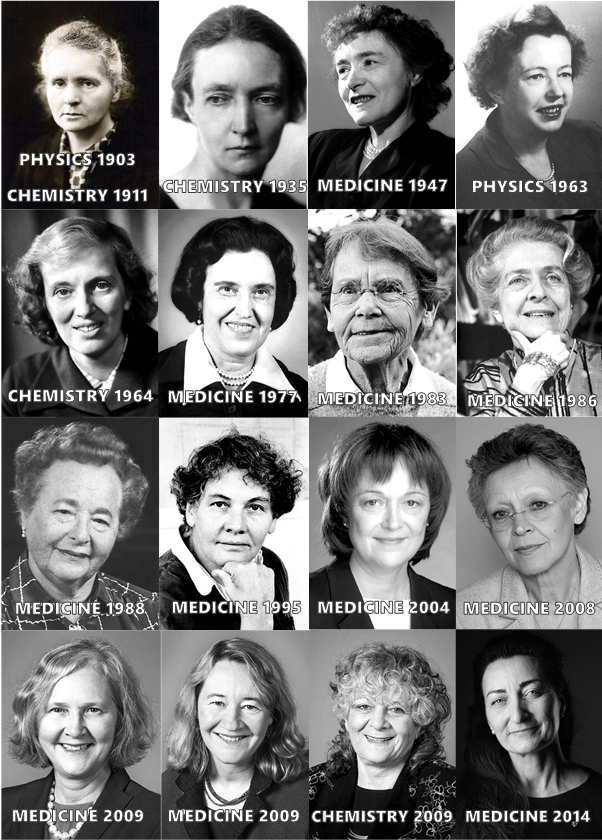Your Cart is Empty

LOADING
Please wait...
Under our 45-day return policy, you can always return/exchange your custom shoes. In this case, you'll have to send them back to our US or UK address. We offer free exchanges for orders over $75
Under our 45-day return policy, you can always return/exchange your custom shoes. In this case, you'll have to send them back to our US or UK address. We offer free exchanges for orders over $75
I don’t need to tell you that there’s a major problem with women’s underrepresentation in STEM. With women earning about only 35% of all STEM degrees in the U.S.
But the trouble doesn’t end there. Even when female scientists do excellent work, which advances the frontiers of their chosen field, they often go unsung, being passed over in favor of male colleagues.

Let’s look at Nobel Laureates, for example. In the century plus history of the award, only 48 women have received a Nobel prize. Out of 900 Nobel Laureates — that’s barely 5%! And if we break this 5% down by category, the smallest part is in science. This reflects institutional biases that, while improved in recent years, still remain significant.
Case in point is the story of the brilliant Dr Lise Meitner. One of the leading physicists of her day, Meitner helped to discover nuclear fission. She was nominated for the nobel prize 48 times (19 times from 1924 to 1948, 29 times between 1937 and 1965). She never won.
Vera Rubin, one of the greatest astronomers who ever lived, was similarly snubbed. Rubin’s work proved the existence of dark matter — an essential concept in contemporary astronomy and astrophysics, but professor Rubin too, never received a Nobel prize.
Of course, we shouldn’t forget that some women have received Nobels in STEM fields, notably Marie Curie, Dorothy Crowfoot Hodgkin and, Maria Mayer among others — but for each woman Nobel prize winner, probably there were dozens whose brilliant work was never recognized.

Luckily steps are being taken to overcome these biases that prevent women researchers from getting the recognition that they deserve. These programs will both increase funding for women’s scientific initiatives, and work together with schools, colleges and universities to change the culture that discourages women from pursuing STEM degrees.
The Horizons 2020 program, sponsored by the European Commission, promotes Gender Equality in Research and Innovation and takes several important steps. The program will foster gender balance in research teams, decision making committees, and panels.
Horizons 2020 also provides an essential framework for evaluating similar initiatives. We will finally have a metric for determining the effectiveness of national programs — many of which are aimed at encouraging girls to study science from a young age. These programs are critical, because if enough research is done by women, it will be nearly impossible for Nobel committees to overlook their academic contribution.
There are bright spots across the pond as well, the Million Women Mentor organization and the Scientista Foundation provide resources for young women in STEM. And Project Include is fighting bias in the corporate world by raising awareness, and providing actionable steps companies can take to give women a fair shot at realizing their full potential.
All this is good news, but it gets even better — the Nobel committee itself has committed to identifying more nomination worthy women. According to Göran Hansson vice chair of the board of directors of the Nobel Foundation:
“....we have started to identify leading women scientists and have invited for them to be nominated. We will, starting next year, indicate in our invitation to nominate women scientists and consider ethnic and geographic diversity….. I hope that in five years or ten years, we will see a very different situation”
So there you have it, it’s a long road ahead, but change is already happening, and we should see more women Nobel prize winners in the coming years.